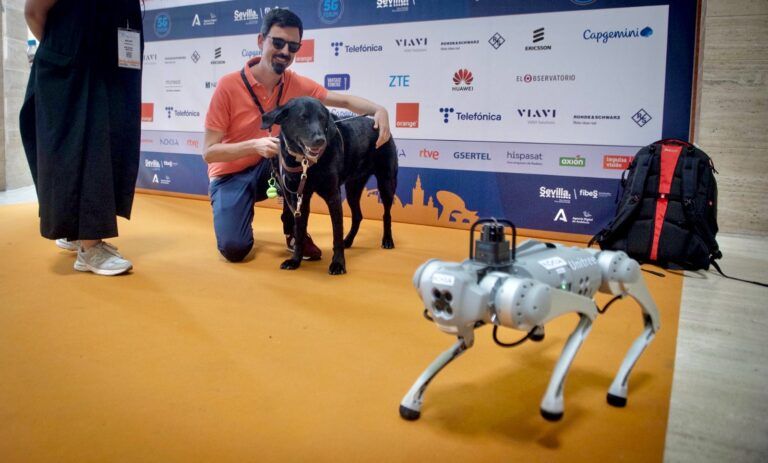
THE ARRIVAL OF 6G AND THE 5G REVOLUTION IN GAMING AND MOBILITY, AT THE ‘5G FORUM 23’.
- Narcís Cardona, Director of iTEAM and Vice President of One6G, spoke about 6G: “2030 will be the date when this sixth generation will be needed”.
- José María Moreno, General Director of AEVI, detailed the influence of 5G on gaming: “5G generates an opportunity to improve the experience of gamers”.
- Aitor Fernández, President of AEVAC, explained the importance of 5G for the implementation of autonomous mobility: “We need to turn cars into data and roads into a hybrid cloud”.
The ‘5G Forum 23‘ held its second and last day at the Palacio de Exposiciones y Congresos de Sevilla (FIBES) in Seville with a resounding success of participation and with its consolidation as a reference meeting at international level on new technologies. It will now continue with three virtual sessions from Wednesday 10 to Friday 12 May.
This Tuesday was attended by industry associations such as One6G, AEVI and AEVAC and leading multinationals such as Viavi Solutions, Rohde & Schwarz, OFG, Huawei and Vantage Towers. Once again, visitors enjoyed the high technology on display in the exceptional ‘Demo Area’: closed circuit with supercars, robot dog, immersive experience in the Metaverse, robotic arm or tennis matches with virtual reality, among many others.
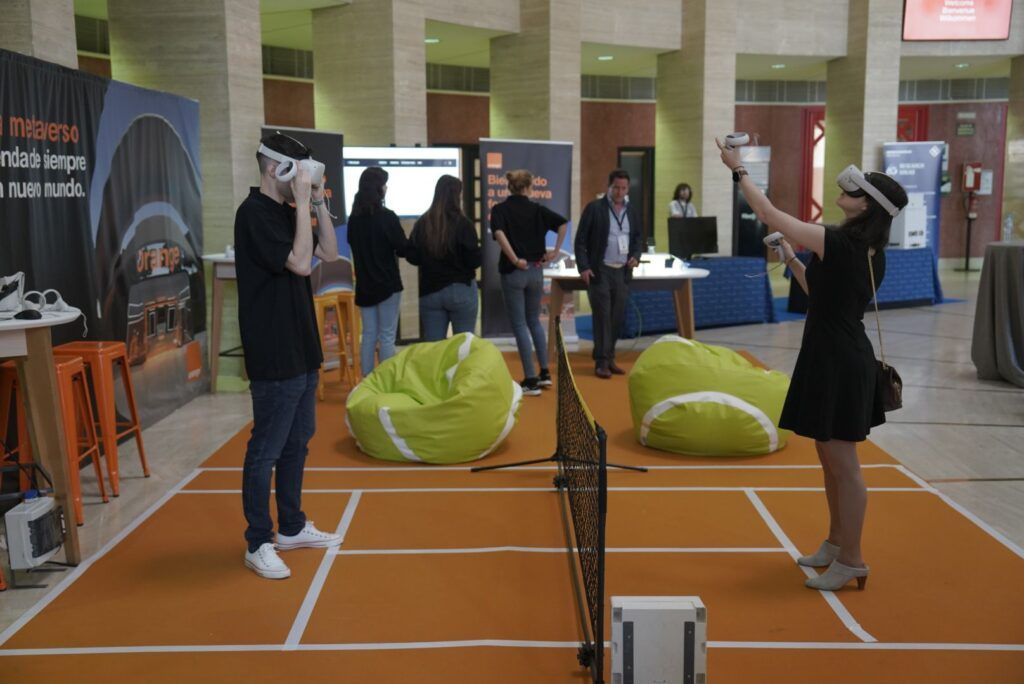
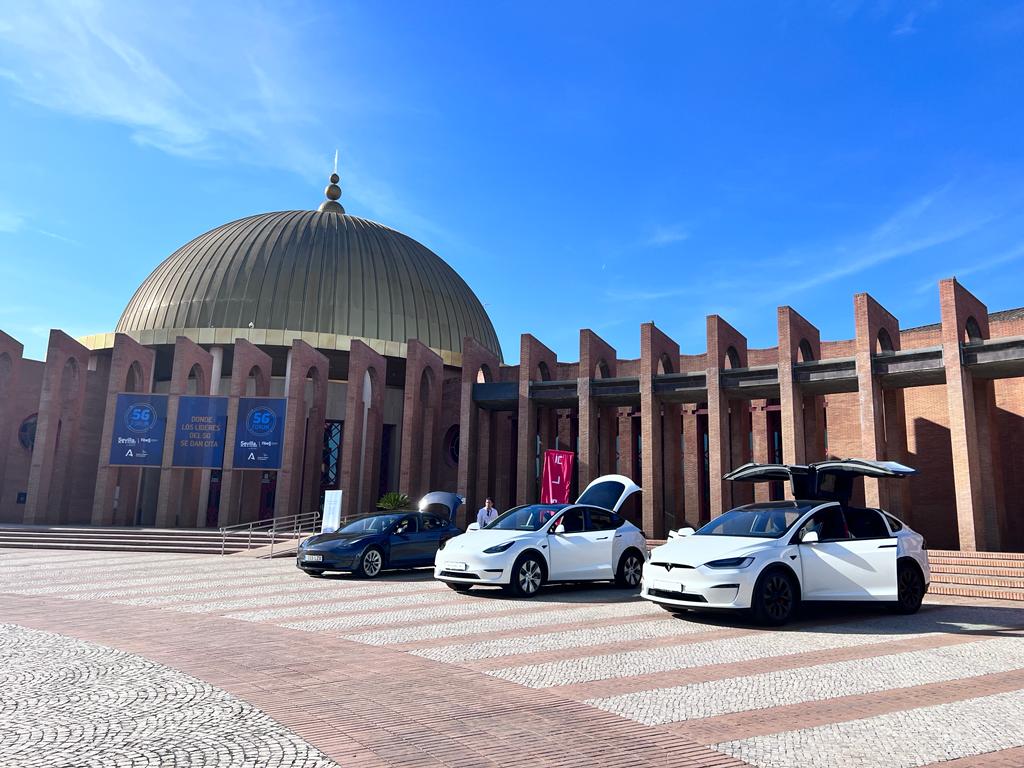
The imminent irruption of 6G
‘Why will a 6th generation of mobile networks be necessary?’. This relevant question was the starting point of today’s session. Narcís Cardona, Director of iTEAM and Vice President of One6G, answered this question: “6G will be necessary, because it connects different worlds, the real world with the virtual world, the virtual world with the digital twin and the digital twin with the metaverse. This is not strictly covered by 5G”, explained Cardona, who points to 2030 as the date when “this 6th generation will be fully needed to cover the needs that will exist”.
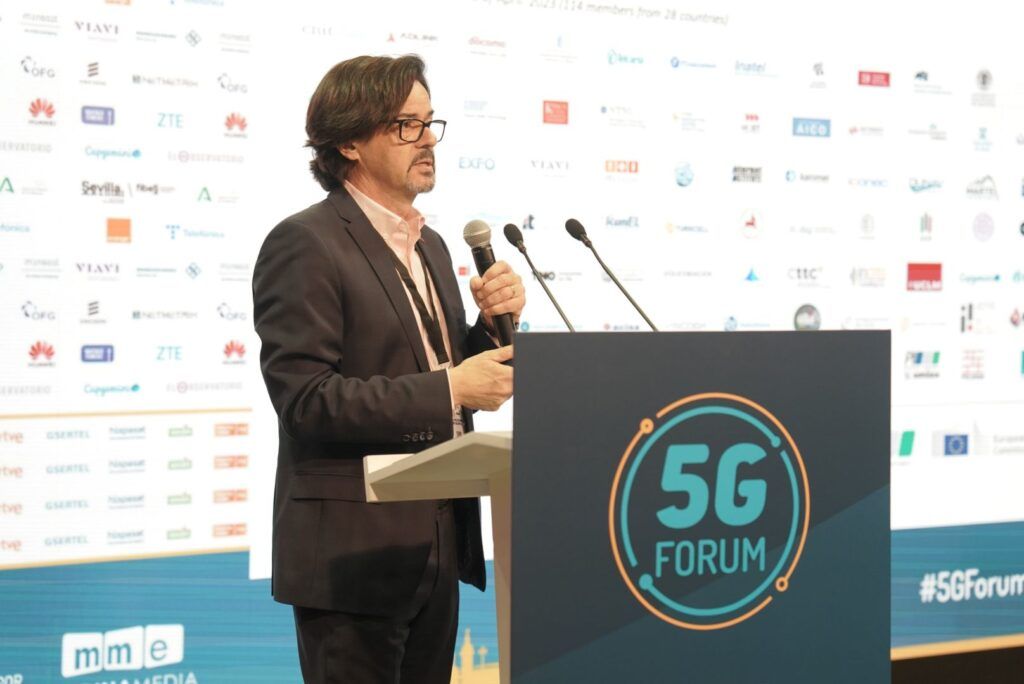
He also estimated that “5G will end up being the hyperconnectivity network we were expecting” and that the important thing “will be to marry the two technologies”, leaving “6G for all the concepts of connected worlds, of connected intelligence“.
José María Moreno, CEO of AEVI (Spanish Video Games Association), highlighted the vital influence of this new technology on the video games sector. “5G generates an opportunity to improve the experience for gamers. We notice that it is tremendously valuable for the sector to thrive. The main advantage is the reduction of latency, eliminating delays that caused people to stop playing,” said Moreno, who highlighted the “higher quality in streaming” and “capacity for many players to be connected at the same time in games such as Fortnite.”
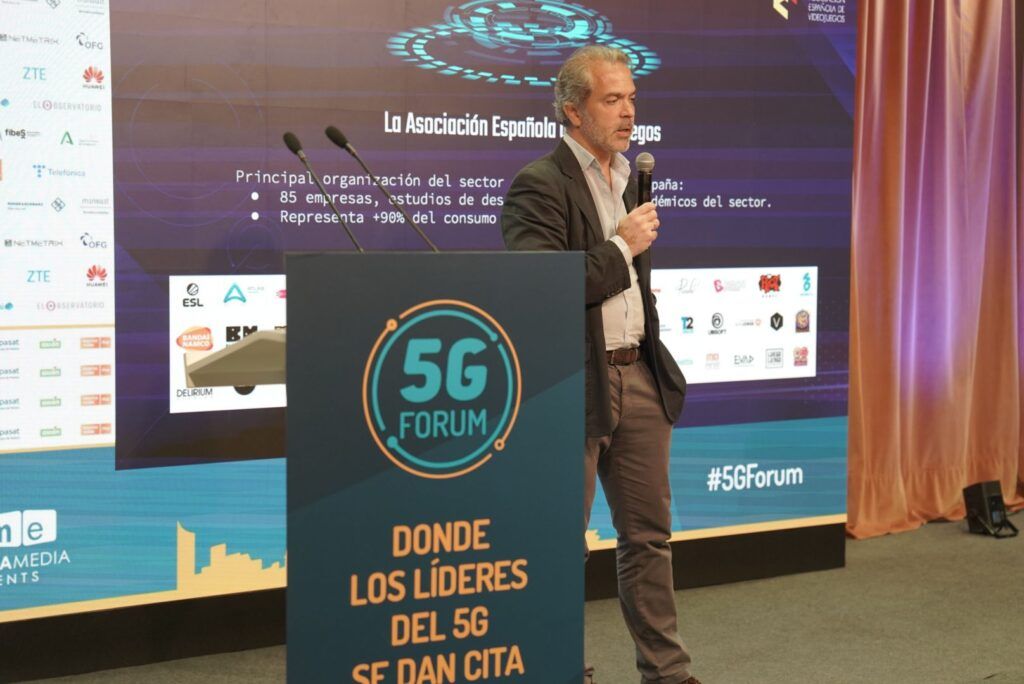
Within the numerous applications of 5G, he has highlighted the proposal of Aitor Fernandez, President and Co-founder of AEVAC (Spanish Association of the Connected Autonomous Vehicle). He has highlighted that this technology “was designed for autonomous mobility” on roads and in smart cities. “Artificial Intelligence and 5G are the keys determined by the EU for the autonomous development of the continent. We are starting to see projects of that style in Spain. The road has just begun and we need the decisive support of the institutions at the national level.”
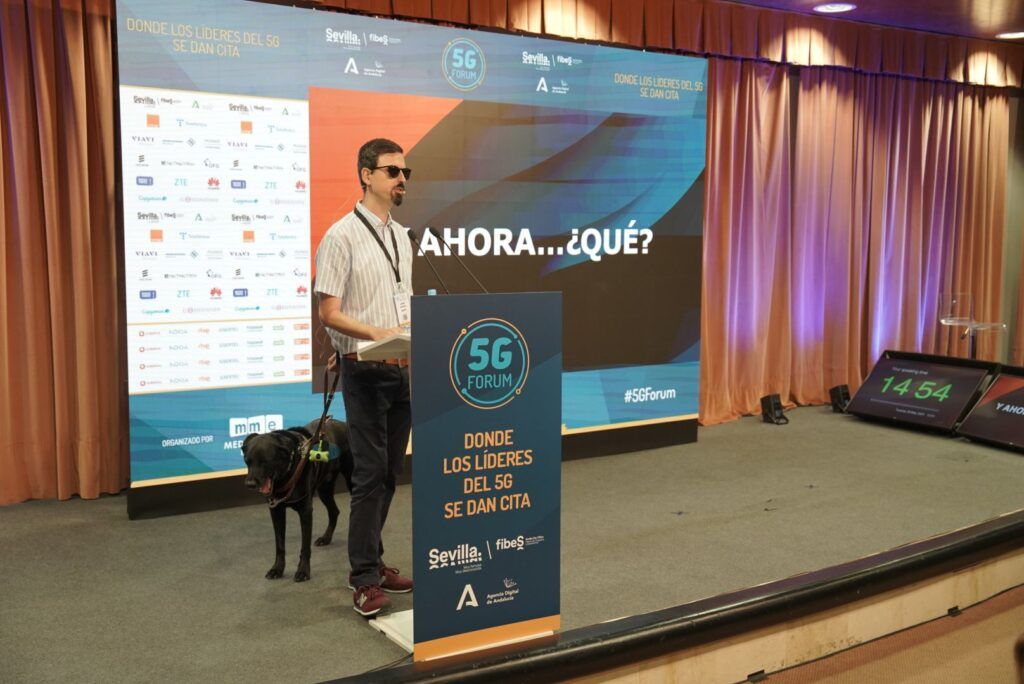
In this sense, he proposed “changing cars for data” and “roads for data in a hybrid cloud” as the basis of a necessary system of autonomous mobility, where “5G comes into play to reduce costs.”
Evolution with 5.5G, as an intermediate step to 6G
The US company Viavi Solutions, through Genís Sánchez, Director of EMEA PLM, Wireless Test, explained how 5G radiation can affect health: “The important thing is that these networks are safe and do not affect health. There is no evidence that 5G radiation presents any problem, but it must be measured continuously, with two methodologies: frequency selective method, which is sometimes not enough, and code selective method”, said Sánchez.
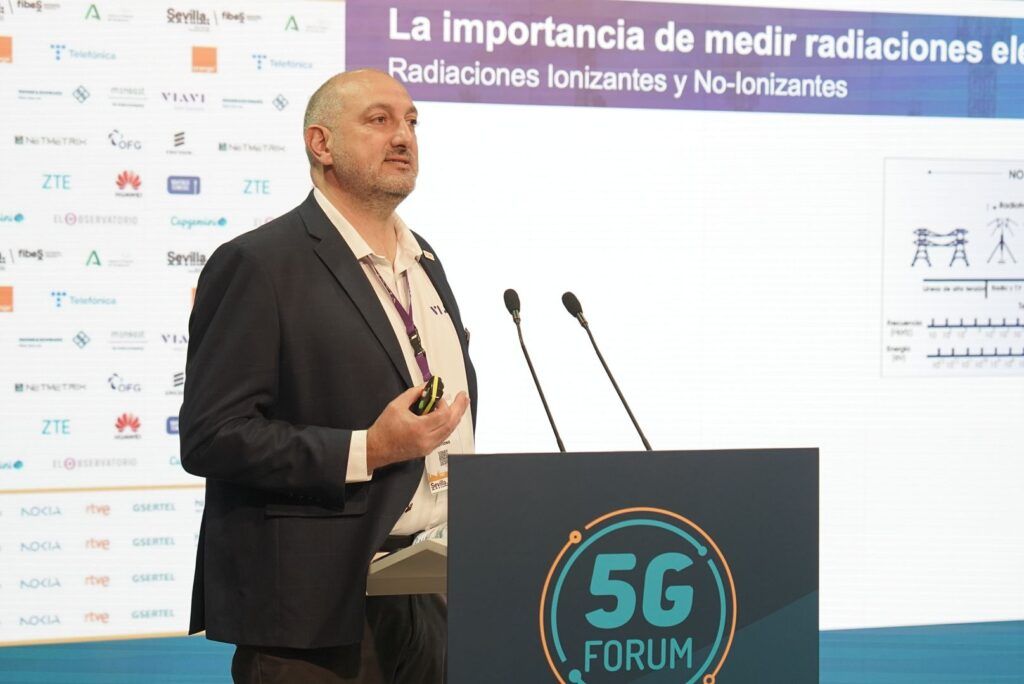
The leading role for 6G continued with the German company Rohde & Schwarz. Its Applications Engineer, Germán Martín, confirmed that “we are in the middle of the future of 6G standardization” and that “they have been thinking about 6G for several years now”. “We are on the way. There is a clear motivation from the industry to promote a new standard and several lines of research, such as the use of new bands for this new technology and the combined use of radio frequency to link communication and sensorization,” he explained.
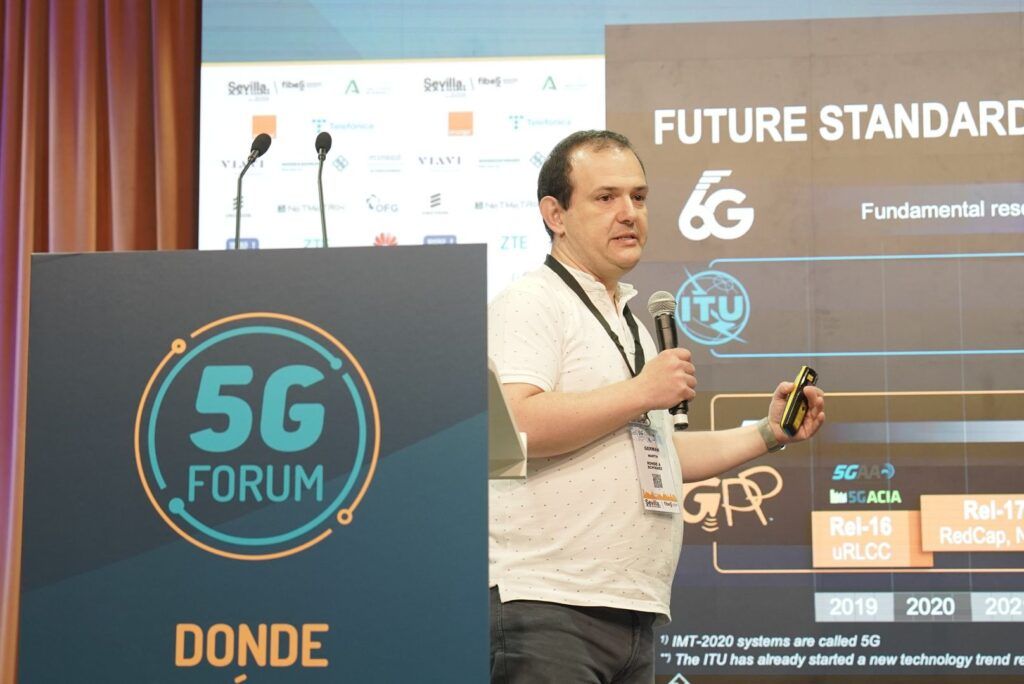
Sergio Ceresuela, Business Development Director of the Spanish company OFG, explained the end-to-end solutions for the deployment of 5G networks: “You have to deploy these networks in an infrastructure that already exists, taking into account the existing radio emissions and negotiate a design that is feasible in the field and that is valid with the operator,” he said.
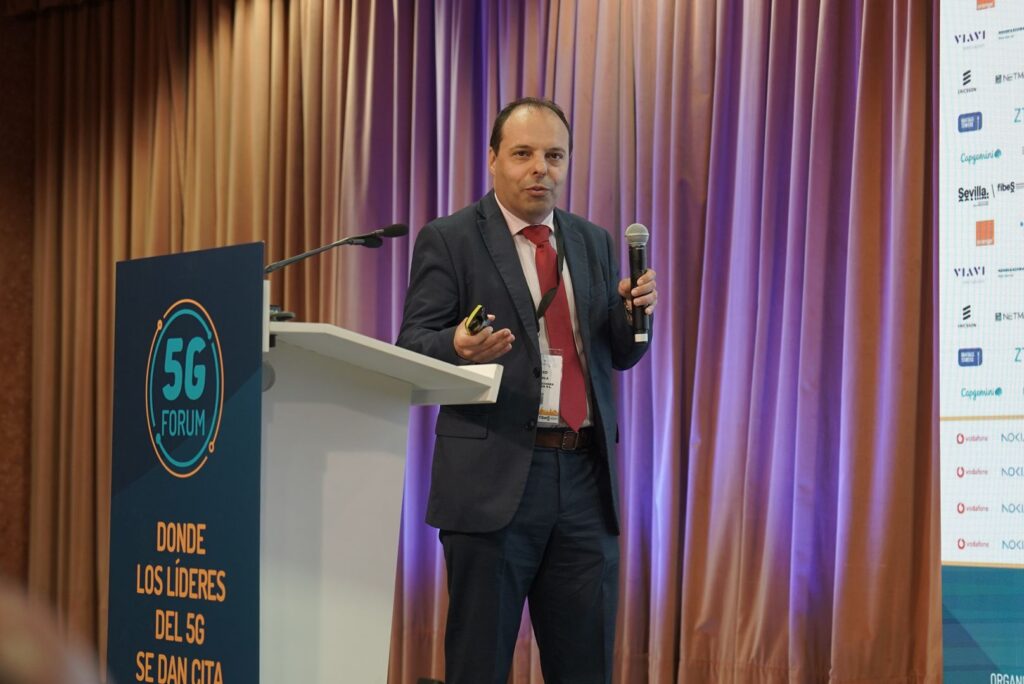
Fernando de la Cruz, Chief Solutions Architect of Huawei, commented on 5.5G as the evolution towards 6G: “5G has grown seven times faster than 4G and now, on the way to 6G, with a horizon for 2030, we have evolved to 5G Advance or 5.5G, a small evolution that allows greater capacity applied in different scenarios, such as the home, industry or vehicles,” explained De la Cruz.
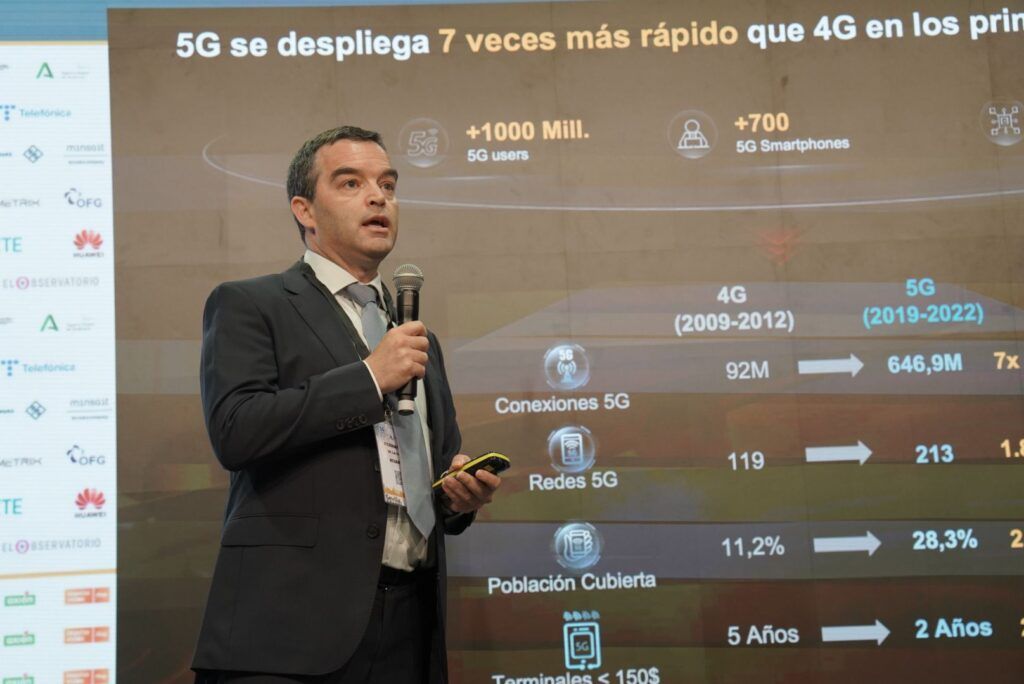
The second session ended with Juan De Miguel, Head of Strategy and Technological Innovation of the German company Vantage Towers, who referred to the challenge of using urban structures to place antennas: “We have 5G spectrum, but no terminals. The network architecture is not yet sufficient to take advantage of all the possibilities offered by the Standalone. Fortunately, the authorities are aware of the need to find new locations on street furniture for densification in cities with low power consumption.”
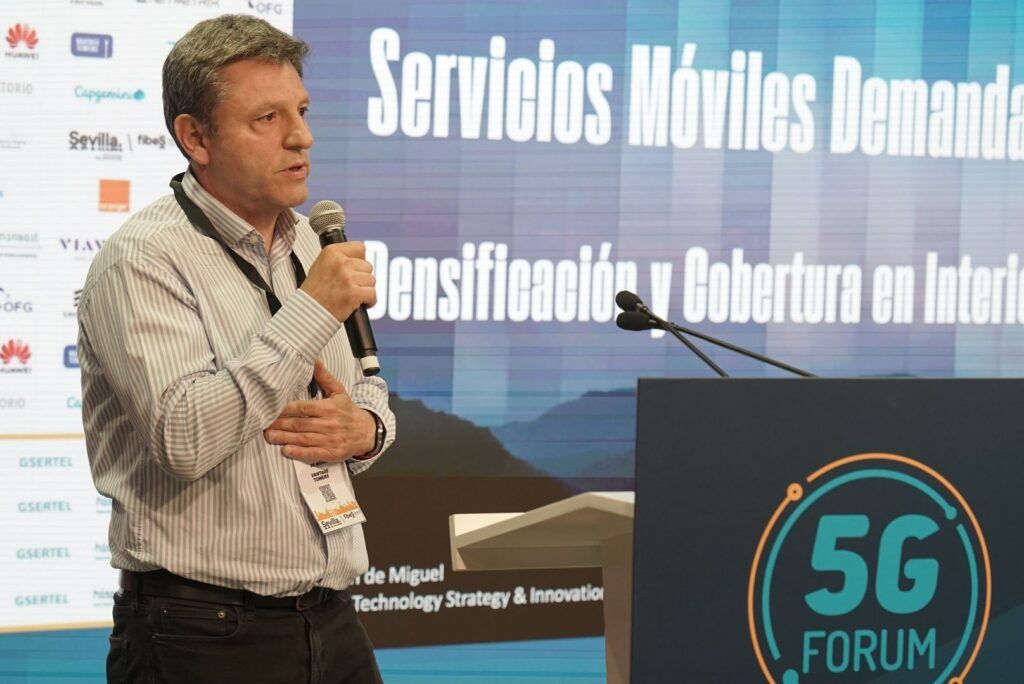
The 5G Forum, “Where 5G leaders meet”, is promoted by Sevilla City Office and Fibes, and is supported by the Junta de Andalucía and the Agencia Digital de Andalucía, as well as Orange, Telefónica, Viavi Solutions, Ericsson, Capgemini, Rohde & Schwarz, Minsait, Netmetrix, OFG, ZTE, Huawei, Vantage Towers, Vodafone, Nokia, Gsertel, Hispasat, Axión and Impulsa Visión RTVE, among others.